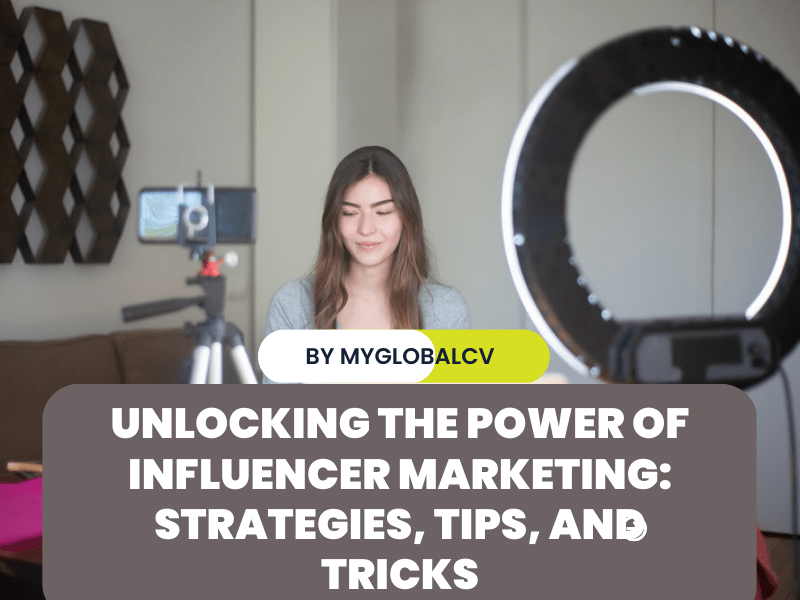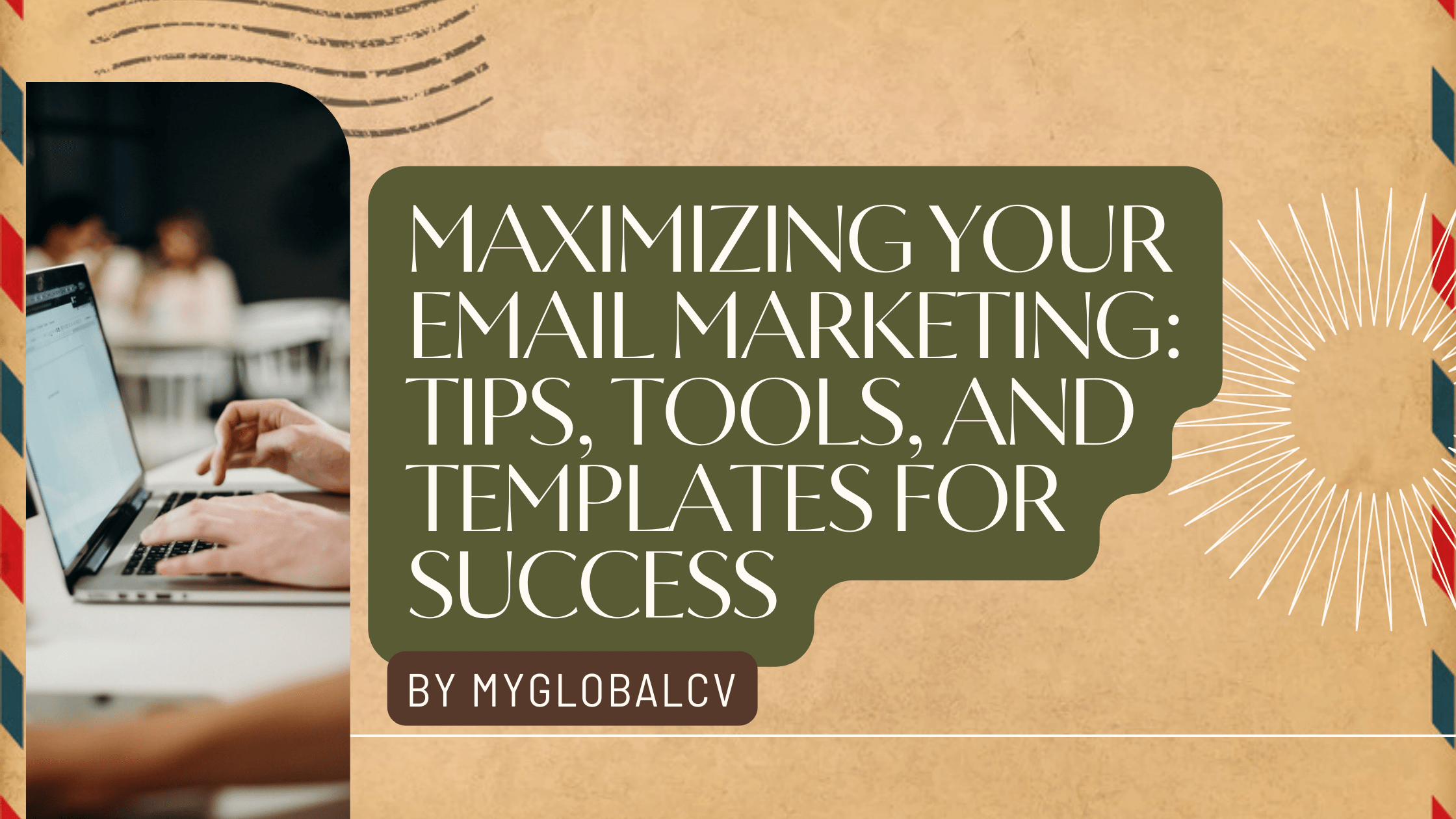Welcome to our blog on influencer marketing! It has become an increasingly popular strategy for businesses looking to reach new audiences and boost their brand awareness. In this blog, we will be discussing the ins and outs of influencer marketing, including best practices, how to find the right influencers for your brand, and how to measure the success of your campaigns. Whether you’re new to influencer marketing or looking to take your campaigns to the next level, this blog will provide you with the information and resources you need to succeed. So, let’s dive in and explore this world together!
What is influencer marketing?
Influencer marketing is a form of marketing in which brands partner with individuals who have a significant following on social media platforms, such as Instagram, YouTube, and TikTok. These influencers, also known as “content creators,” use their platforms to promote and endorse a brand’s products or services to their followers. Influencer marketing is highly effective because it allows brands to reach a targeted audience that trusts and respects the opinion of the influencer. This can lead to increased brand awareness, increased sales, and improved customer loyalty. Influencer marketing has become a popular strategy for both small businesses and large corporations alike, and is expected to continue growing in popularity in the coming years.
What are the different types of influencer marketing?
Influencer marketing can take on many different forms, depending on the goals of the campaign, the target audience, and the type of influencer being used. Some of the most common types of influencer marketing include:
- Micro-Influencer Marketing: This type of influencer marketing utilizes individuals with smaller, but highly engaged followings. Micro-influencers typically have between 1,000 and 100,000 followers on social media, and they are often considered to be experts in a specific niche or industry.
- Macro-Influencer Marketing: This type of influencer marketing utilizes individuals with larger followings, usually over 100,000 followers on social media. Macro-influencers are considered to be celebrities or industry leaders, and they are often used to reach a wider audience and drive brand awareness.
- Nano-Influencer Marketing: This type of influencer marketing utilizes individuals with a very small following, typically under 1,000 followers on social media. Nano-influencers are considered to be experts in a specific niche or industry, and they are often used to reach highly targeted and specific audiences.
- Celebrity Influencer Marketing: This type of influencer marketing utilizes celebrities or high-profile figures to promote products or services. Celebrity influencers have a wide reach and can be used to increase brand awareness and drive sales.
- Employee Influencer Marketing: This type of influencer marketing utilizes employees of a company as influencers. Employee influencers are considered to be experts in their field, and they are often used to promote the company and its products or services.
- Brand Ambassador Marketing: This type of influencer marketing is a long-term partnership between a brand and an influencer, where the influencer acts as a representative of the brand and promotes it consistently over time.
- User-Generated Content (UGC) Marketing: This type of influencer marketing utilizes content created by customers or users to promote a brand. UGC can be in the form of photos, videos, or testimonials, and is often used to increase brand trust and credibility.
How does influencer marketing work?
Influencer marketing is a form of marketing where a brand partners with an individual who has a strong online presence, also known as an influencer, to promote their products or services. The influencer uses their platform, typically social media, to share their experiences and opinions about the brand with their followers.
The concept of influencer marketing is relatively simple, but the process of executing a successful campaign can be quite complex. The first step in any influencer marketing campaign is to identify the target audience. This is important because influencer marketing campaigns are most effective when the influencer and target audience share similar interests and demographics.
Once the target audience has been identified, the next step is to find the right influencer. This can be a time-consuming process, but it is essential to find an influencer who is a good fit for the brand and whose audience aligns with the target audience. Brands can use social media listening tools, influencer marketing platforms, and even manual searches to find the right influencer.
Once an influencer has been identified and agreed to work with the brand, the next step is to create a campaign strategy. This should include the goals and objectives of the campaign, the type of content that will be created, and the metrics that will be used to measure the success of the campaign.
After the campaign strategy has been developed, the influencer will create the content for the campaign. This can include anything from sponsored blog posts, Instagram stories, YouTube videos, and more. The content should align with the brand’s message and be created in a way that is authentic and engaging for the influencer’s audience.
Once the content has been created, it’s time to launch the campaign. This typically involves the influencer sharing the content with their followers on their social media platforms. The campaign may also include a call-to-action (CTA) such as a link to a website or a discount code.
Finally, it’s important to track the performance of the campaign. This can be done by using a variety of metrics such as engagement rate, website traffic, and sales. These metrics will provide insight into the effectiveness of the campaign and can be used to make adjustments and improve future campaigns.
Overall, influencer marketing can be a powerful tool for brands looking to reach new audiences and increase brand awareness. By understanding how it works, brands can create effective campaigns that deliver measurable results.
Follow these simple steps that include all the tips and tricks that can maximize your success rate:
- Identify and target the right influencers for your brand.
- Build genuine relationships with influencers.
- Create a clear and specific campaign goal.
- Clearly communicate your brand’s message and values.
- Utilize influencer analytics to measure success and make data-driven decisions.
- Continuously monitor and adjust your strategy as needed.
- Always disclose any sponsored content as per FTC guidelines.
- Create unique and personalized content for each influencer to make it more authentic.
- Encourage influencers to use their own voice and style.
- Offer appropriate compensation and perks to incentivize influencers.
Finding the right influencer and negotiating for the brand
Finding the right influencer for your brand can be a daunting task, but it is crucial to the success of your influencer marketing campaign. One way to find the right influencer is to first identify your target audience and then search for influencers who have a large following within that demographic. You can also research influencers in your industry or niche and see which ones have a strong engagement rate with their followers. Additionally, many influencer marketing platforms, such as AspireIQ and Upfluence, offer tools to help you find and evaluate potential influencers.
Once you have identified potential influencers for your brand, it is important to reach out to them and negotiate a collaboration that works for both parties. This can include discussing the specifics of the campaign, such as the type of content that will be created and the timeline for the campaign, as well as any compensation or incentives that will be provided to the influencer. It is also important to establish clear and realistic expectations for the campaign and to ensure that the influencer’s values and audience align with your brand.
Another important aspect of influencer marketing is to track and measure the results of your campaign. This can include monitoring engagement rates, website traffic and sales. It is also important to build and maintain a good relationship with the influencer, as this can lead to future collaborations and opportunities for your brand.
Overall, finding the right influencer for your brand and negotiating a successful collaboration is an important step in any influencer marketing campaign. It is essential to research and evaluate potential influencers, establish clear and realistic expectations, and track and measure the results of the campaign. Building and maintaining a good relationship with the influencer is also crucial for the long-term success of your influencer marketing efforts.
How to create an influencer marketing strategy?
Creating an influencer marketing strategy can be a bit of a daunting task, but with the right approach, it can be very effective.
There are several key steps you should take when creating your influencer marketing strategy:
- Define your goals: Before you begin your influencer marketing campaign, you need to define what you hope to achieve. Are you looking to increase brand awareness, drive website traffic, or boost sales? Clearly defining your goals will help you determine which influencers to work with and what type of content to create.
- Identify your target audience: Once you know what you want to achieve, you can identify your target audience. This will help you find influencers who are a good fit for your brand and who have a following that matches your target audience.
- Research influencers: Once you know who your target audience is, you can start researching influencers. There are several tools and platforms you can use to find influencers, including Instagram, YouTube, and TikTok. Look for influencers who are a good fit for your brand and who have a large following that is engaged with their content.
- Negotiate terms: Once you have identified the influencers you want to work with, you need to negotiate terms. Influencer marketing can be expensive, so it’s important to establish a clear budget and to agree on what the influencer will deliver in return for your investment.
- Create content: Once you have agreed on terms, you can start creating content. This can include blog posts, videos, images, and more. The key is to create content that is relevant to your target audience and that will help you achieve your goals.
- Measure and analyze: Finally, you need to measure and analyze the results of your influencer marketing campaign. Use metrics such as engagement rates, website traffic, and sales to determine whether your campaign was successful and what you can do to improve it in the future.
- By following these steps, you can create an influencer marketing strategy that is tailored to your specific needs and that will help you achieve your goals.
In conclusion
Influencer marketing is a powerful tool that can help businesses of all sizes reach new audiences and drive conversions. To unlock the full potential of this strategy, it is important to understand how it works, find the right influencers for your brand, and create a solid strategy that aligns with your overall marketing goals.
Some key considerations when creating an influencer marketing strategy include identifying your target audience, determining the right type of influencer for your campaign, and negotiating a mutually beneficial partnership with the influencer. Additionally, staying up to date on industry trends and best practices can help you stay ahead of the curve and achieve success with your influencer marketing efforts. With the right approach and a clear understanding of the process, businesses can harness the power of influencer marketing to drive real results and grow their brand.



